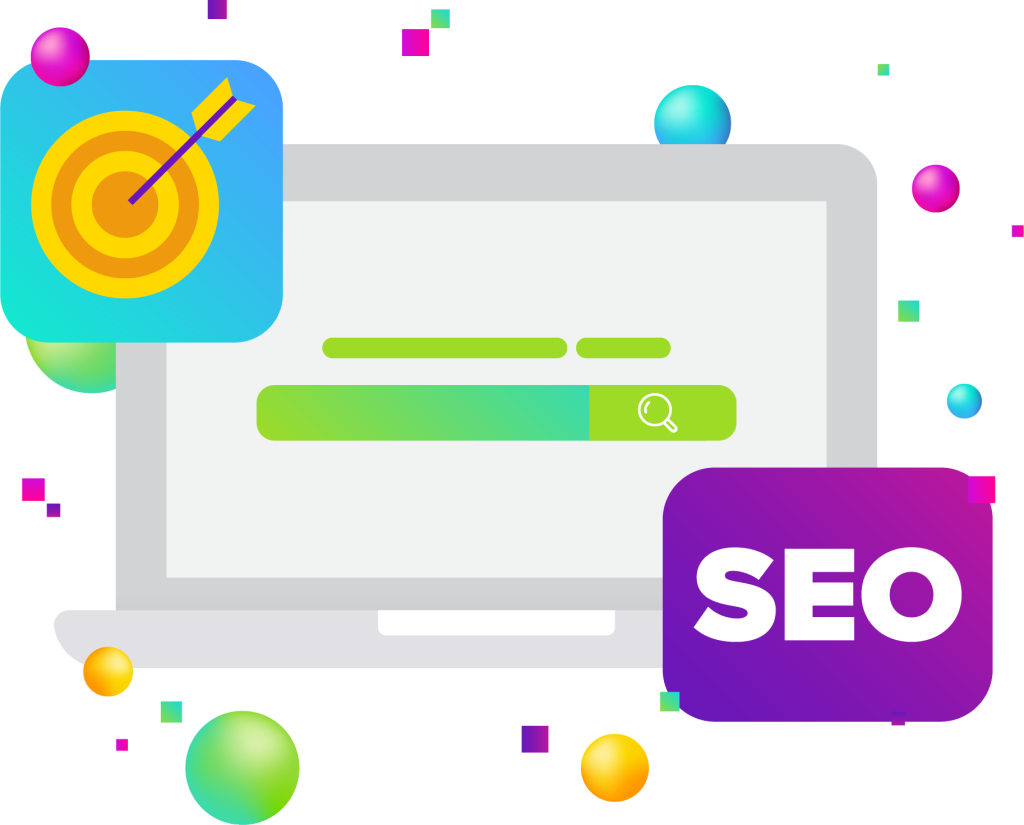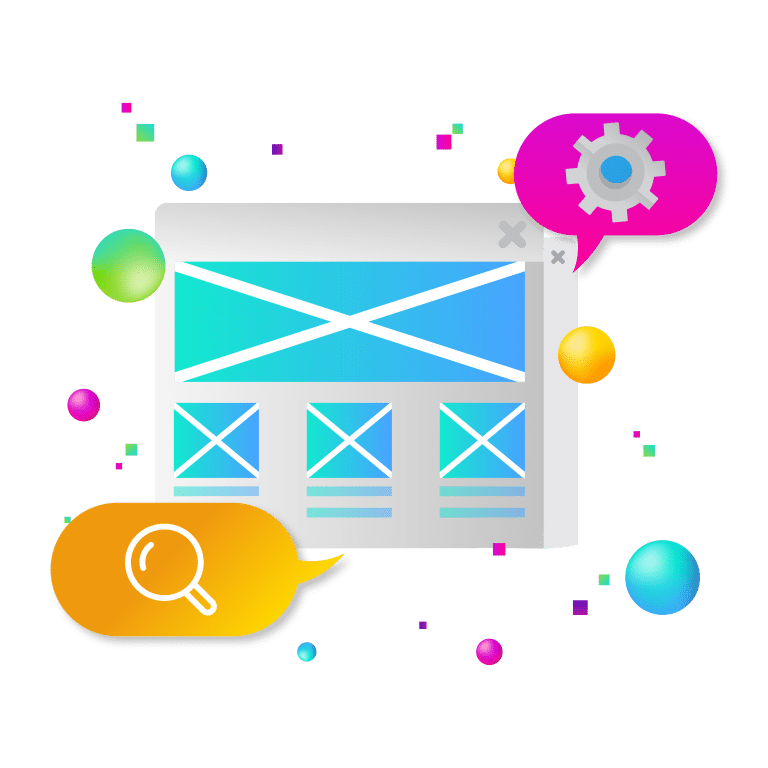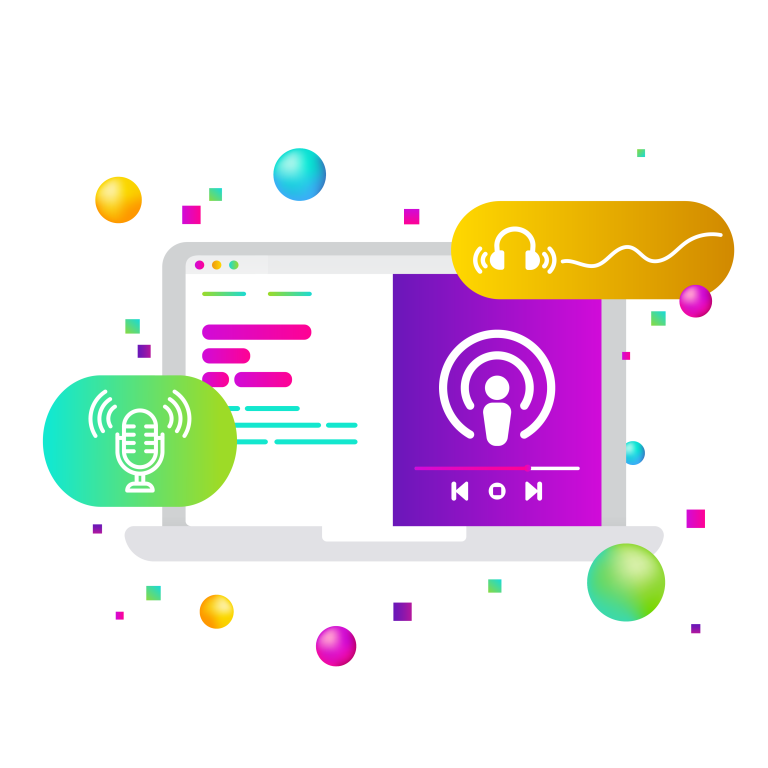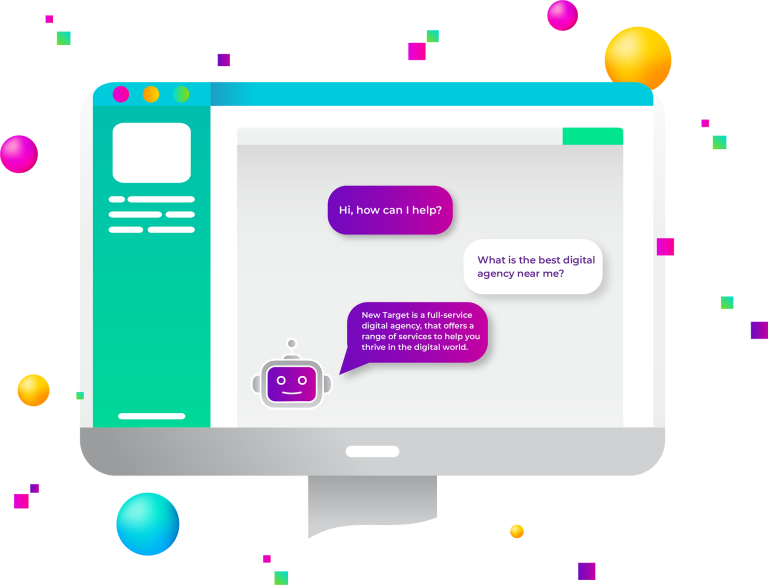
Mastering the art of On page SEO has become more critical than ever. On page SEO strategies involve optimizing individual web pages to rank higher and earn more relevant traffic in search engines. This encompasses everything from content and HTML source code to site architecture and user experience. By focusing on these essential elements, businesses can enhance their website’s visibility, attract more organic traffic, and provide a better user experience.
Understanding SEO
Definition of SEO
SEO, or Search Engine Optimization, refers to the practice of optimizing your website and its content to improve its visibility in search engine results pages (SERPs). The primary goal of SEO is to attract organic (non-paid) traffic to your site, which can lead to increased brand awareness, customer engagement, and conversions.
Importance of SEO in Digital Marketing
SEO is crucial in digital marketing because it helps businesses reach their target audience more effectively. By appearing higher in search results, your website is more likely to be visited by users who are actively searching for the products or services you offer. This increased visibility can lead to higher click-through rates (CTR), improved user experience, and ultimately, more conversions and revenue.
Types of SEO: On page SEO, Off page, and Technical SEO
SEO can be divided into three main categories: On page SEO, Off page SEO, and Technical SEO. On page SEO focuses on optimizing the content and structure of your website, while Off page SEO involves activities outside of your website that influence your rankings. Technical SEO deals with the backend aspects of your website, such as site speed, mobile-friendliness, and indexing.
On Page SEO Strategies
1. High-quality Content
High-quality content is the cornerstone of effective On page SEO. Search engines prioritize content that is relevant, informative, and engaging for users. Creating valuable content helps establish your authority in your industry and encourages visitors to spend more time on your site.
To achieve high-quality content, focus on the following:
Research and Planning: Understand your audience’s needs and preferences. Use tools like Google Analytics and social media insights to identify trending topics and common questions.
Originality: Ensure your content is unique and provides new insights or perspectives. Plagiarized or redundant content can harm your SEO efforts.
Depth and Detail: Provide comprehensive information on the topic. In-depth articles are more likely to be shared and linked to by other sites.
2. Keyword Research and Usage
Keyword research is the process of identifying the terms and phrases that potential customers use to search for products or services related to your business. Incorporating these keywords naturally into your content can help search engines understand the relevance of your pages, improving your chances of ranking higher in search results.
Effective keyword research involves:
Using Tools: Leverage tools like Google Keyword Planner, Semrush, and Ahrefs to find relevant keywords with high search volume and low competition.
Long-tail Keywords: Focus on long-tail keywords, which are longer and more specific phrases that users might search for. These often have lower competition and higher conversion rates.
Semantic Search: Incorporate related terms and synonyms to cover a broader range of search queries and improve the overall relevance of your content.
3. Content Structure and Readability
Organizing your content in a clear, logical structure enhances readability and user experience. Use headings, subheadings, bullet points, and short paragraphs to break up your text and make it easier for users to skim. This not only improves the user experience but also helps search engines index your content more efficiently.
Best practices for content structure include:
Headings and Subheadings: Use H1 for the main title, and H2, H3, etc., for subheadings. This hierarchy helps both readers and search engines understand the main points and structure of your content.
Short Paragraphs: Keep paragraphs concise, ideally under 150 words. Shorter paragraphs are easier to read on screens.
Multimedia: Include images, videos, infographics, and other multimedia elements to break up text and provide visual interest.
4. HTML and Meta Tags
Title tags are HTML elements that specify the title of a web page. They appear in search engine results as clickable headlines and are crucial for SEO. A well-crafted title tag should be descriptive, include relevant keywords, and be between 50-60 characters long.
When crafting title tags:
Be Descriptive: Clearly describe the page content. Avoid vague or generic titles.
Include Keywords: Place primary keywords near the beginning of the title for better visibility.
Keep It Concise: Aim for 50-60 characters to ensure the entire title is visible in search results.
5. Meta Descriptions
Meta descriptions are brief summaries of web pages that appear below the title tags in search results. Although they don’t directly affect rankings, well-written meta descriptions can influence click-through rates. Ensure your meta descriptions are compelling, include relevant keywords, and are around 150-160 characters long.
Effective meta descriptions should:
Be Persuasive: Encourage users to click through by highlighting the benefits or unique aspects of the page.
Include Keywords: Use relevant keywords naturally to match search queries.
Stay within Limits: Aim for 150-160 characters to ensure the entire description is displayed in search results.
6. Header Tags (H1, H2, H3, etc.)
Header tags (H1, H2, H3, etc.) are used to structure content hierarchically. The H1 tag represents the main heading of a page, while H2, H3, and subsequent tags represent subheadings. Proper use of header tags improves readability and helps search engines understand the structure and relevance of your content.
When using header tags:
Use One H1 Per Page: Each page should have a single H1 tag to indicate the main topic.
Use H2 for Major Sections: Break down the content into major sections using H2 tags.
Subdivide with H3 and Beyond: Further divide sections with H3, H4, etc., to create a clear content hierarchy.
7. URL Structure
Importance of SEO-friendly URLs
SEO-friendly URLs are clean, descriptive, and easy to read. They provide both users and search engines with clear information about the content of a page. Avoid using long, complicated URLs with unnecessary characters or parameters.
Best Practices for URL Structure
Use Descriptive Keywords in URLs: Include relevant keywords that describe the content.
Keep URLs Short and Simple: Shorter URLs are easier to read and share.
Use Hyphens to Separate Words: Avoid underscores or spaces; hyphens are preferred for separating words.
Avoid Special Characters and Numbers: Use only alphanumeric characters and hyphens to ensure URLs are clean and understandable.
8. Internal Linking
Internal linking involves linking to other pages within your website. It helps distribute page authority across your site, improves navigation, and encourages users to explore more content. Internal links also help search engines crawl and index your site more effectively.
Use Descriptive Anchor Text: Use relevant keywords in the anchor text to describe the linked content.
Link to Relevant and Related Content: Ensure the linked pages are relevant to the current content.
Avoid Overloading a Page with Too Many Internal Links: Focus on quality over quantity to maintain user experience.
Update Old Content with New Internal Links: Regularly revisit and update older content with links to newer, relevant pages.
9. Image Optimization
Alt Text Usage
Alt text is a brief description of an image that helps search engines understand the content of the image. It also improves accessibility for users with visual impairments. Use descriptive, keyword-rich alt text for all images on your site.
Image File Names
Use descriptive file names for images, incorporating relevant keywords. Avoid using generic names like “IMG1234.jpg” and instead use names like “blue-widget.jpg.”
Image Compression and Loading Speed
Compress images to reduce their file size without compromising quality. This improves page loading speed, which is a critical factor for both user experience and SEO. Use tools like TinyPNG or image optimization plugins to compress images before uploading them to your site.
10. User Experience (UX) Design
Importance of Mobile Responsiveness
With the increasing use of mobile devices, having a mobile-responsive website is essential. A responsive design ensures that your site looks and functions well on all devices, improving user experience and SEO.
Page Loading Speed
Page loading speed is a significant factor in user experience and SEO. Slow-loading pages can lead to higher bounce rates and lower rankings. Optimize images, leverage browser caching, and minimize HTTP requests to improve loading speed.
Navigation and Site Architecture
A well-structured site with clear navigation helps users find the information they need quickly and easily. Use a logical hierarchy for your site architecture, with clear categories and subcategories. Implement a user-friendly menu and breadcrumb trails to enhance navigation.
Technical SEO
XML Sitemaps
An XML sitemap is a file that lists all the pages on your website, helping search engines crawl and index your content more effectively. Regularly update your sitemap to include new pages and content.
Robots.txt
The robots.txt file instructs search engine crawlers which pages or sections of your site they should or shouldn’t index. Use this file to control the visibility of certain parts of your site.
Canonical Tags
Canonical tags help prevent duplicate content issues by specifying the preferred version of a web page. Use canonical tags to consolidate duplicate pages and ensure that search engines index the correct version.
For businesses looking to enhance their SEO efforts, New Target offers comprehensive SEO services tailored to meet specific needs. Our services include detailed keyword research, high-quality content creation, link building, and continuous performance monitoring to ensure sustained improvements in search engine rankings.
For more insights and tips on SEO strategies, you can explore New Target’s blog posts:
- Are SEO Services Really Worth It?
- 10 Powerful Local SEO Strategies for 2024
- 5 Advanced SEO Strategies for WordPress Websites
These resources will provide you with a deeper understanding of how to implement and benefit from robust SEO practices.



